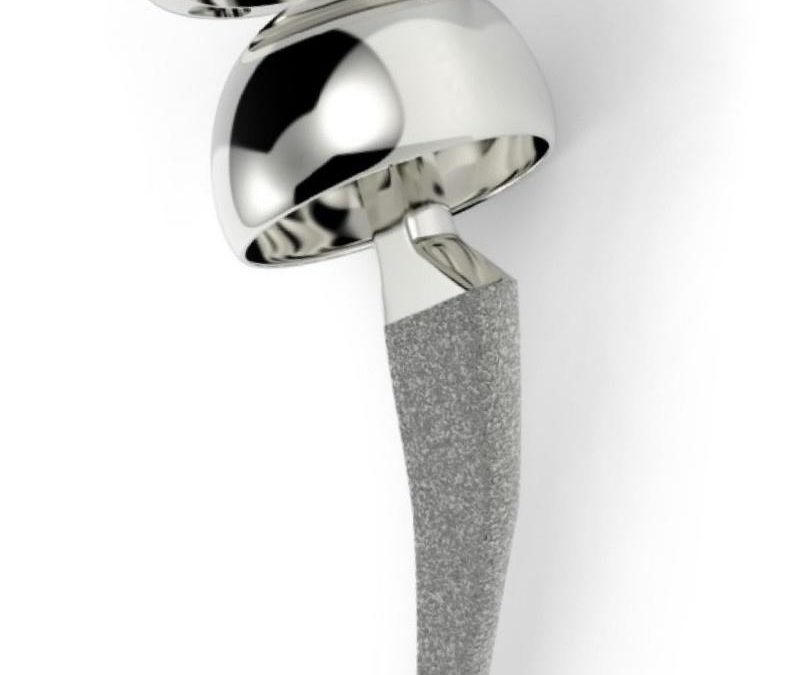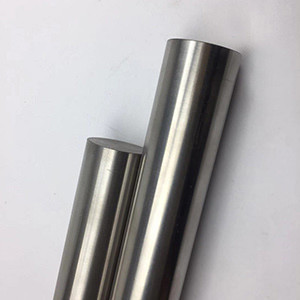As a kind of biomedical material, the metal material is widely used in clinical medicine because of its high suitability for mechanical properties and fatigue resistance and is suitable for the implantation of bearing parts. However, the development of metal materials in the medical field is limited by the corrosion of materials in the human body. In recent years, tantalum metal has attracted more and more attention from medical and materials workers due to its unique advantages such as excellent corrosion resistance and biocompatibility.Tantalum, also a metal material, is attracting more and more medical workers and materials researchers with its unique advantages.XOT metals offers a wide range of medical grade tantalum wire to be used in fabrication tantalum markers and other tantalum devices.
Good corrosion resistance
At room temperature, tantalum does not react with hydrochloric acid, concentrated nitric acid or even aqua regia, and ordinary inorganic salts cannot corrode it.
Good biocompatibility
Unlike conventional medical metal materials, biological tissue grows on tantalum after a period of implantation, just as it grows on real bones. Therefore, tantalum is also known as “Biophilic Metal”
Appropriate modulus of elasticity
The elastic modulus of tantalum with special pore structure is between human cancellous bone and cortical bone, which is especially suitable for bone replacement, joint replacement, and human tissue filling.
Tantalum metal is very safe, and insoluble tantalum salt is not absorbed by the human body through oral or local injection; soluble tantalum salt is also absorbed very little by the gastrointestinal tract. Once tantalum enters the body, the main carrier responsible for removing tantalum is phagocyte. After the exposure to tantalum dust for 1 hour, all phagocytes in the body can survive and have no cellular degeneration, with the only significant increase in glucose oxidation. Under the same conditions, silica dust can cause severe cytoplasmic degeneration and death of phagocytes, indicating that tantalum is not cytotoxic.
Tantalum (Ta) is a rare grey metal with unique properties. It makes a significant contribution to modern medicine, allowing millions of people to live longer, healthier lives.
Tantalum in capacitors and chips plays a multitude of roles in advanced hospital equipment, but an equally important aspect is in surgical implants.
Implants using tantalum broadly fall into two categories:
1)implantable electronic devices using tantalum capacitors
2)implants made from or coated with tantalum metal
Implantable medical devices
Because tantalum capacitors are exceptionally reliable, highly durable, and can be made to be very small indeed, they allow implantable medical devices to be small, yet powerful. Substitution by large aluminium or ceramic capacitors isn’t a comfortable option in the confines of the human body.
Implantable hearing aids, neurostimulators and insulin pumps are now possible thanks to tantalum capacitors, but the stand-out application is for implantable cardioverter defibrillators (ICDs), which may also be pacemakers.
The traditional alternative to an ICD is an external defibrillator that must be carried everywhere by the patient. An ICD cand eliver 750 volts, enough to be effective on even the largest human body
Tantalum metal implants
The very thin natural coating of tantalum oxide (Ta2O5) that covers tantalum metal is totally inert to body fluids, a characteristic that makes it an ideal material for surgical implants.
Tantalum implants have been used in general surgery and neurosurgery for over half a century and no problems have ever been reported concerning biocompatibility.
Surgical applications of tantalum metal include:
- hip and knee replacement fixtures (part or whole)
- monofilament and braided suture wires for skin closure, tendon, and nerve repair
- foils and sheets for nerve anastomoses
- clips for the ligation of vessels
- staples for abdominal surgery
- pliable sheets and plates for cranioplasty
- (skull) and other reconstructive surgery.
As tantalum is both radiopaque and biologically inert it can also be used for orthopaedic marker balls or beads. These are used to track objects inside a body, such as a stent being inserted during surgery, or to track how well implants have been fixed in a body.
Tantalum can also be used to coat carbon foam scaffolds to create a biocompatible replacement for bone implants, for example in dental implants or for vertebrae of the spinal column. Such a structure is 70 to 80% porous and once it is implanted new biological tissue grows through it, helping to fix it in place.
Looking ahead, additive manufacturing (AM) holds great potential for the use of tantalum in medical applications.
Tantalum and tantalum alloy products include tantalum plate, tantalum strip, tantalum foil,tantalum rod, tantalum wire, heterotype and sintering products.
We can make tantalum parts according to customers’ requirements.
For more information on medical uses of tantalum, please contact us.


